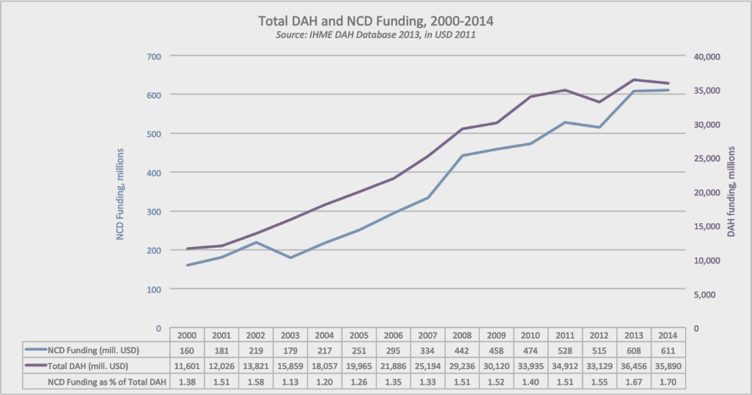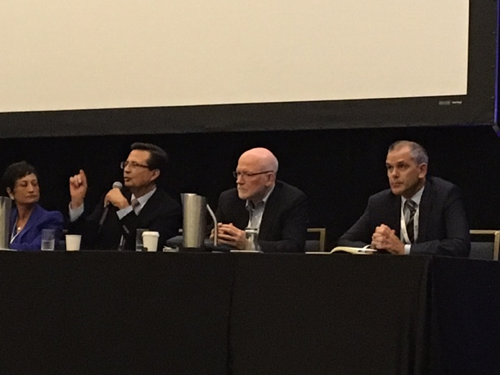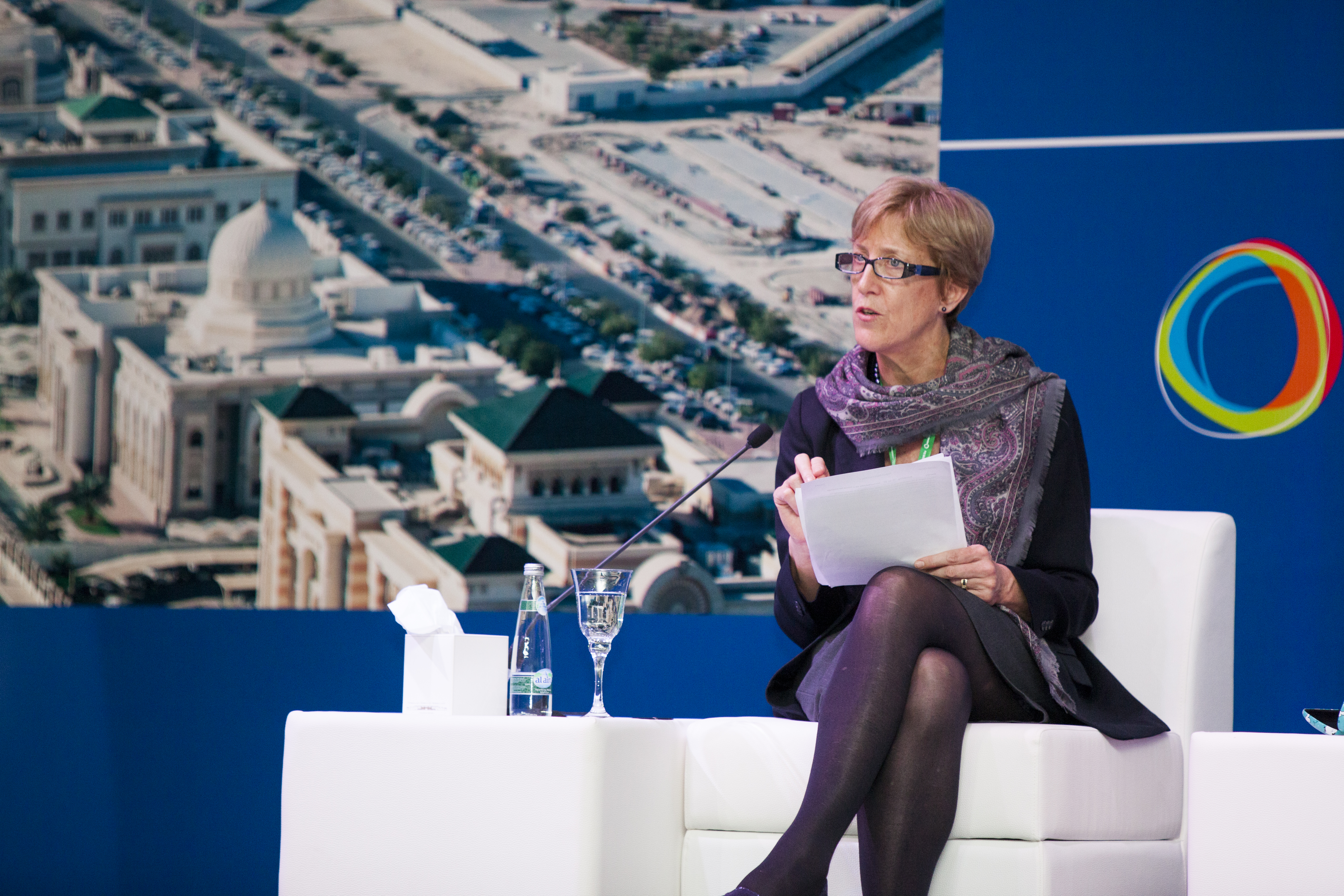Is it “the worst of times” or is it “the best of times” for NCD financing?
11th May 2016
11th May 2016
This wasn’t always the case. Since publishing a CGD working paper, “Where Have All the Donors Gone: Scarce Donor Funding for NCDs?” in 2010, I have remained sunnier than most on this very important topic. In the paper, Andrea Feigl and I documented a slow but steady increase in donor and other external funding for NCDs in developing countries, and had reason to anticipate a continued increase. After all, there would soon be a major UN meeting on NCDs – an unheard-of breakthrough – and awareness of this significant disease burden was rising. Plus the NCD Alliance was a real entity, the IOM had just published a new report on CVD in Developing Countries, and Medtronic Foundation stepped forward with a bang and a bunch of bucks for NCDs. It was hard not to be optimistic in these heady times – at least, if you were part of the tiny but growing NCD community.
How is the picture for NCD financing now? Well, that’s hard for me to put my finger on. Even the most diehard of optimists amongst the close knit community of NCD advocates who convened in New York in September 2011 would not have hoped for an AIDS-like response to the UN General Assembly meeting, but we thought the rationale for increased NCD funding was strong and obvious. And funding did grow – from 1.5% of total Development Assistance for Health (DAH) in 2011 to 1.7% in 2014 (see figure below, IHME, 2015).[1]

Until now. The picture for global health donor funding has changed. At the Consortium of Universities in Global Health conference in San Francisco last month Chris Elias (Bill & Melinda Gates Foundation) declared that we in global health “need to do more less less, or maybe the same amount of funding,” and Chris Murray (IHME) said “DAH is flat and getting flatter,” or something equally uninspiring. Our own not-so-“high level” panel at CUGH on NCD Financing was - to be honest - similarly somber, with none of us having much concrete progress to report.

(above) CUGH High-level Panel on Health Financing, April 10, 2016

(above) CUGH Not-so-high-level Panel on NCD Financing, April 11, 2016
OK, this is not so good news, but as I said, NCD funding had been on a pretty steady increase as a proportion of overall DAH since 2003, and there are many reasons to think that trend should continue. So maybe there was still reason for hope. But on the heels of CUGH, IHME released its latest paper on DAH (Dieleman et al, Lancet 2016) showing a decline in NCD funding to $475 million out of a DAH total of $36.4 billion, or 1.3% of the total. Yes, that’s right: overall DAH grew by over $100 million, but funding for NCDs dropped by 3.4%. Now that does make it hard to stay cheerful!
Nonetheless, if you look hard enough, there are positive signs to point to for the future of NCD external funding. These include an NCD target in the new Sustainable Development Goals and a new report from the WHO Global Coordinating Mechanism on NCDs (here) argues cogently for more NCD funding and provides a detailed set of steps to guide countries in raising funds for NCDs – both from domestic budgets and from development partners, the new euphemism for donors. There are also hints of growing interest from new donors, including some of the big bilaterals – a group that has been largely missing-in-action from the field of NCD funding as I documented here. And, closer to home, I can’t neglect to mention a substantial investment in global NCDs from RTI International, my new professional home! No doubt there are other encouraging signals that I’m not aware of.
[1] Our own figures in Nugent, Feigl (2010) showed a larger proportion (2.7% of DAH) due to a broader definition that captured additional funding.